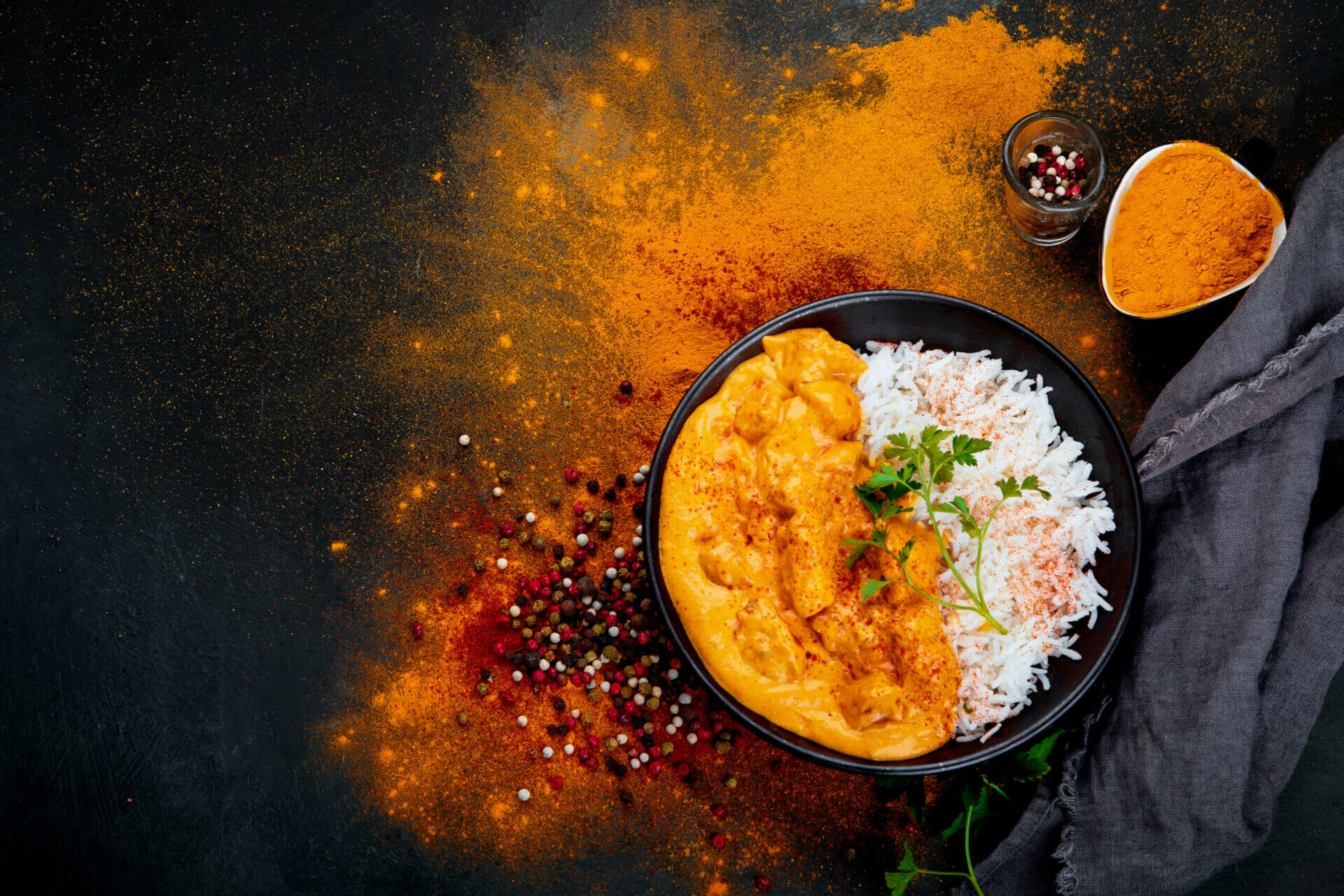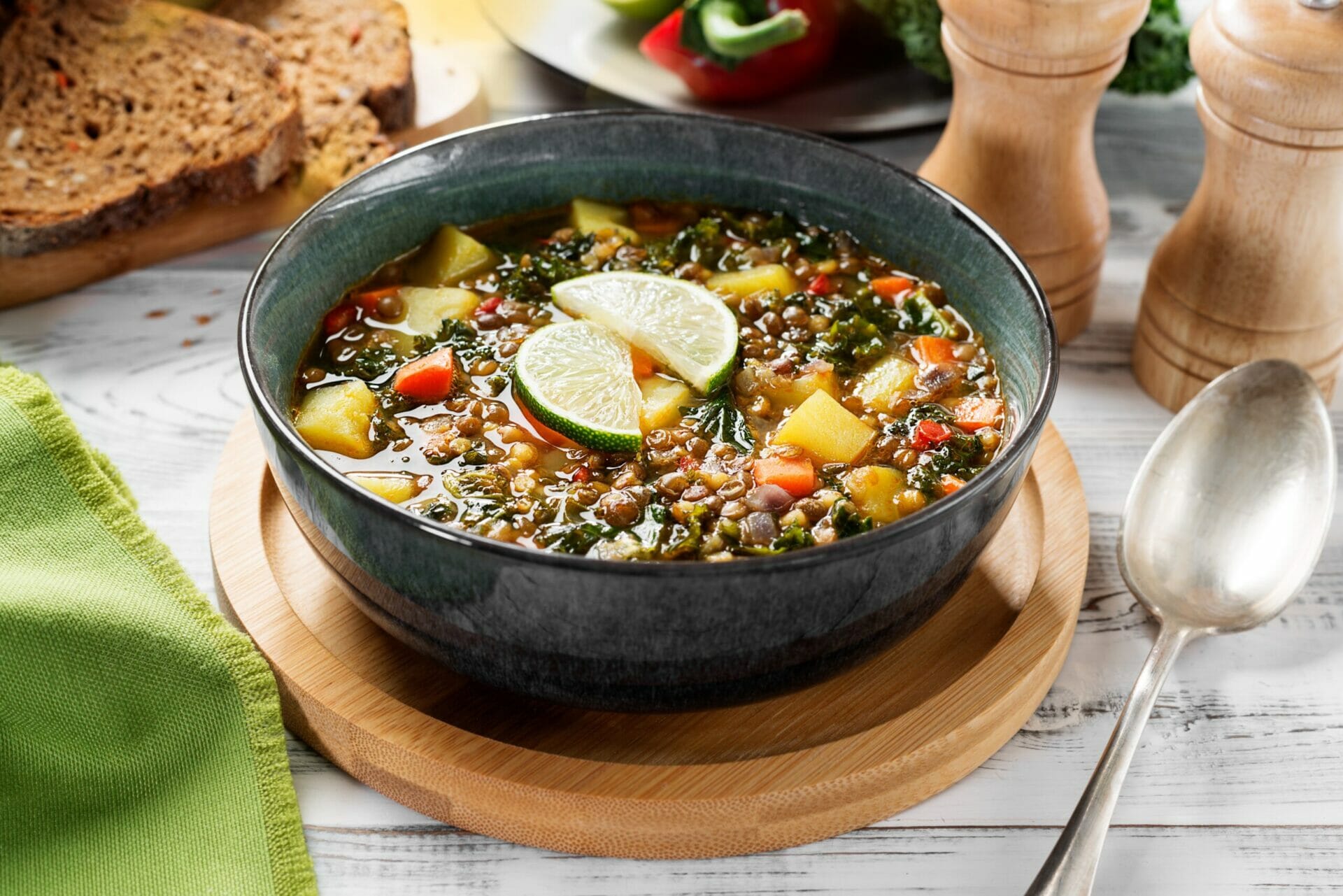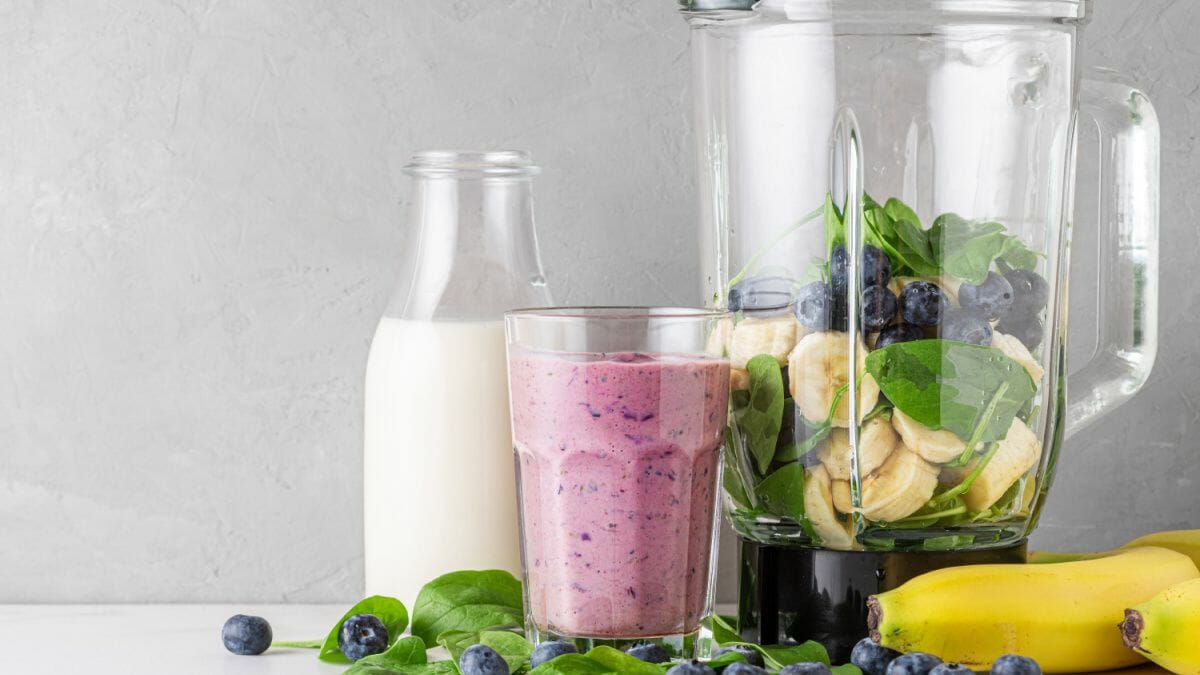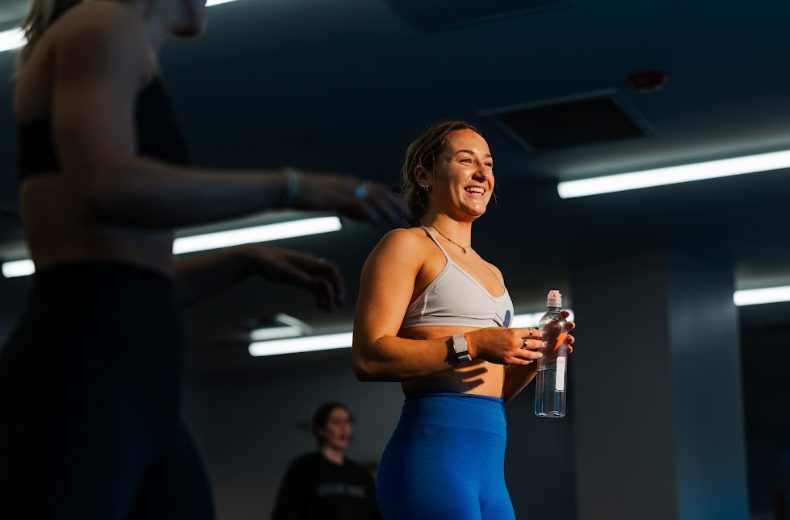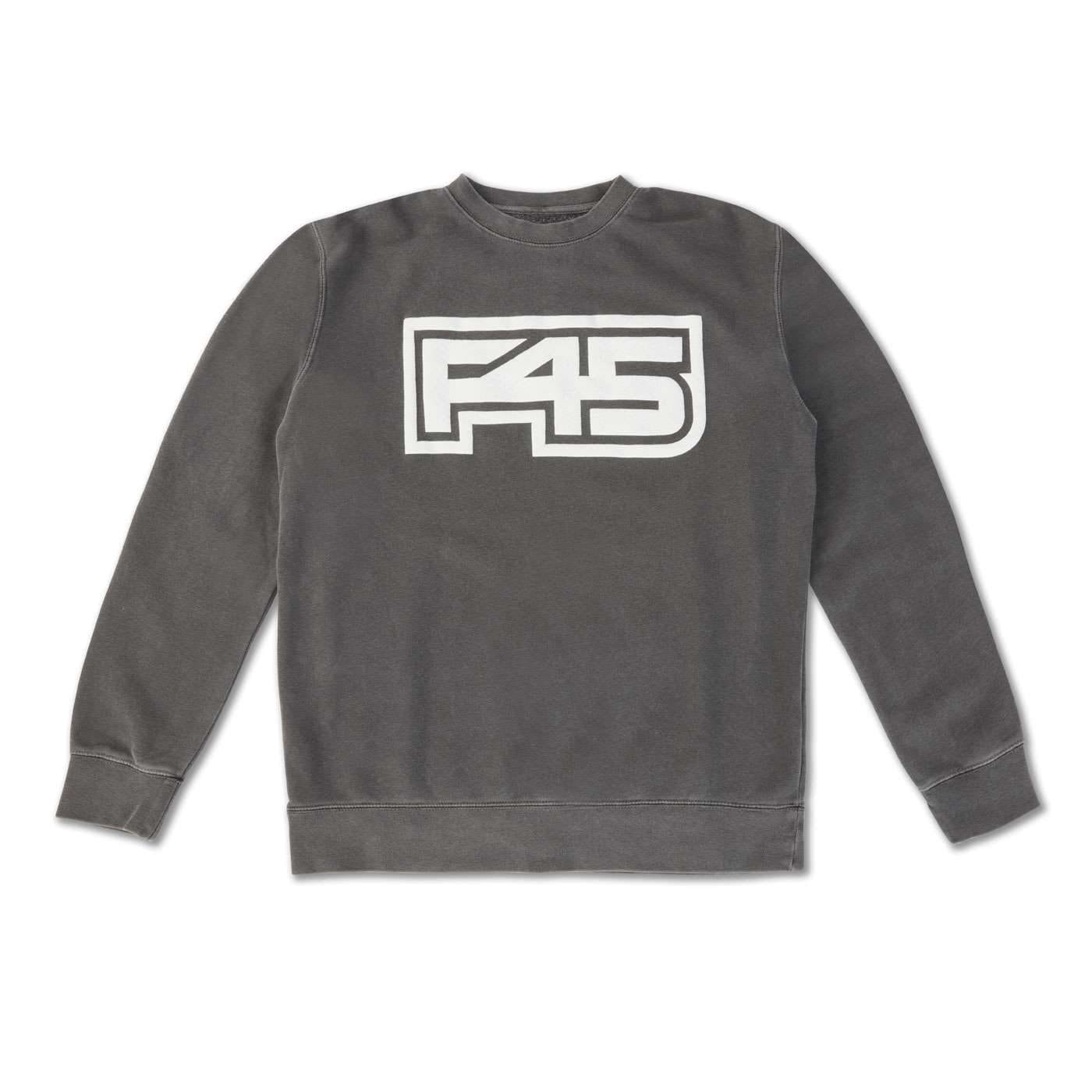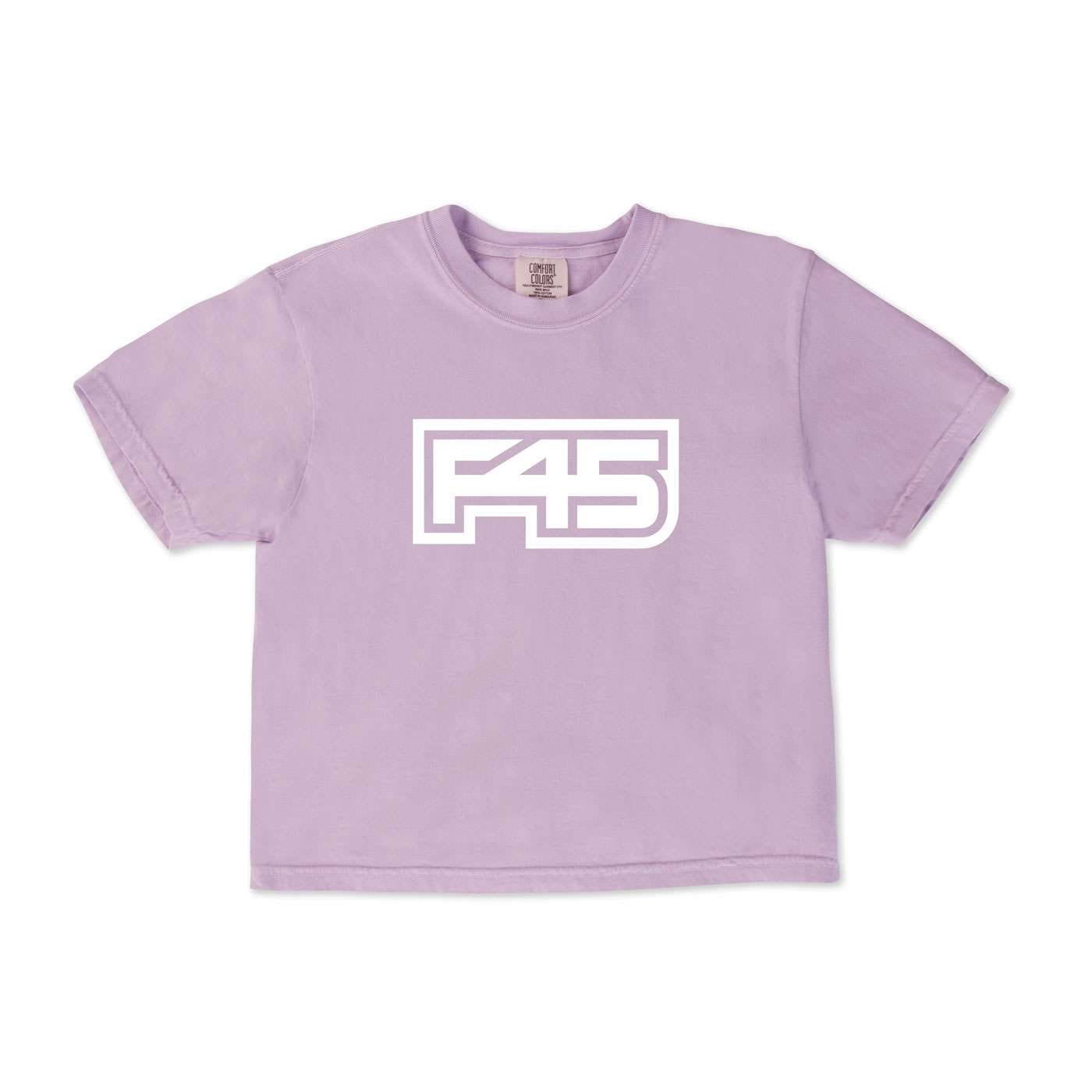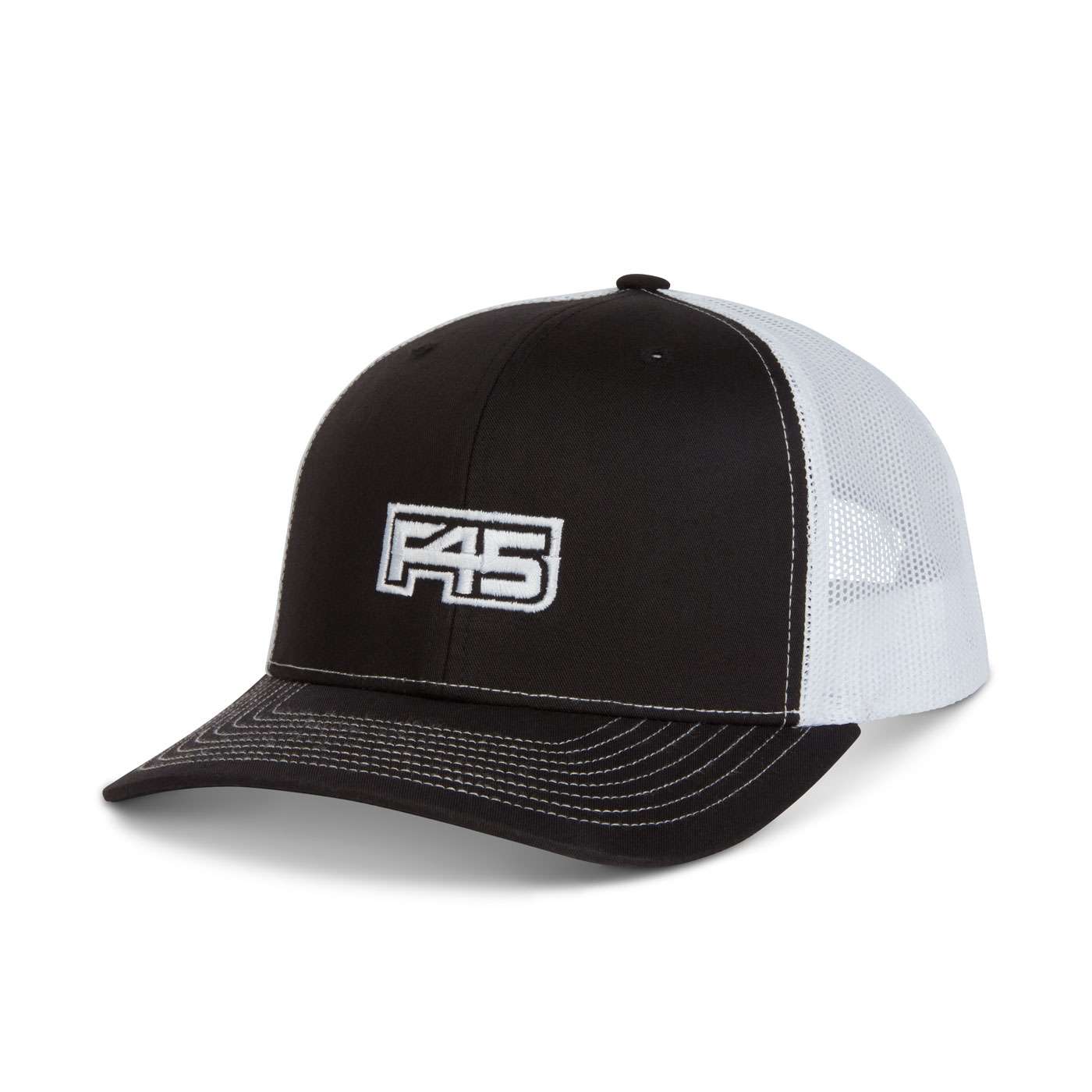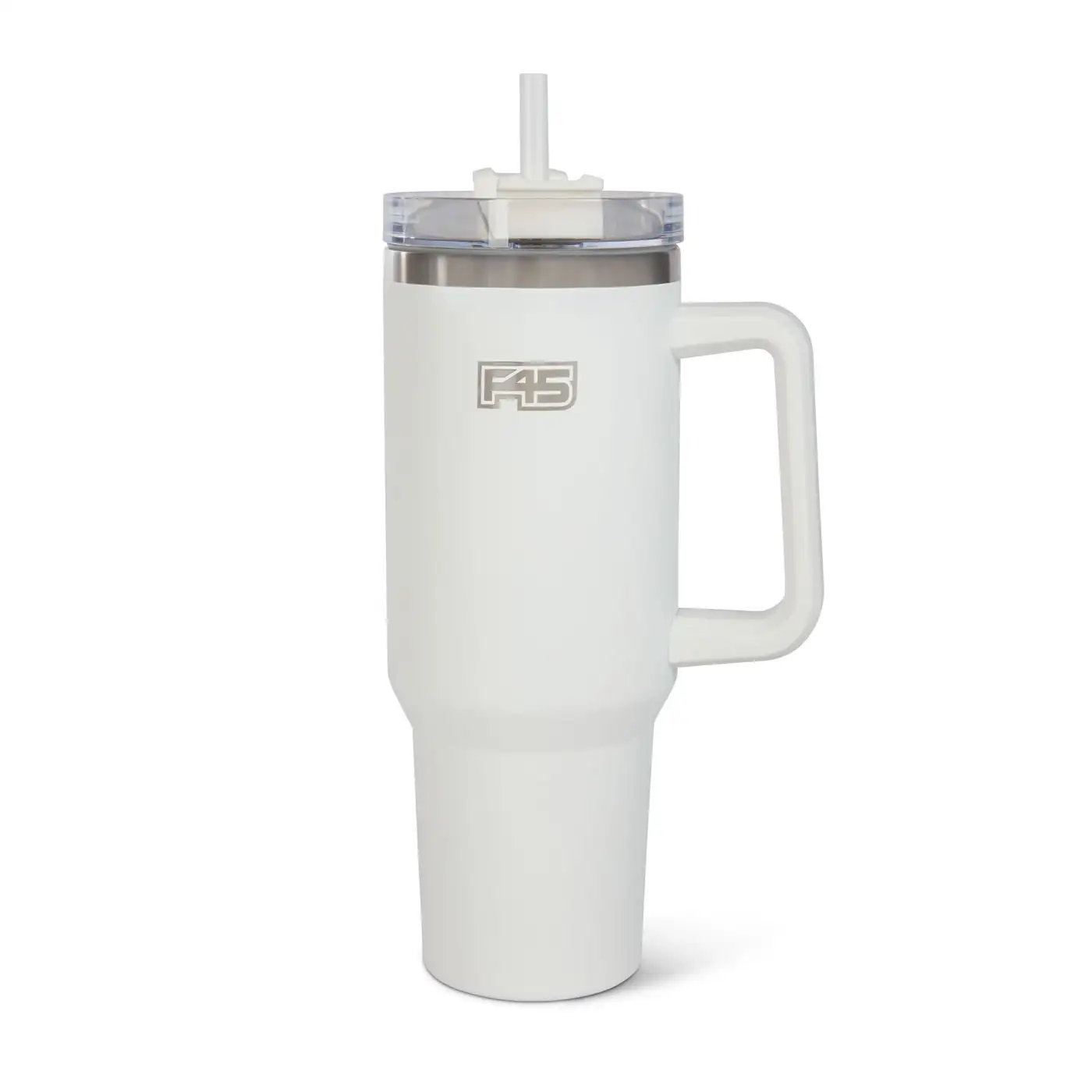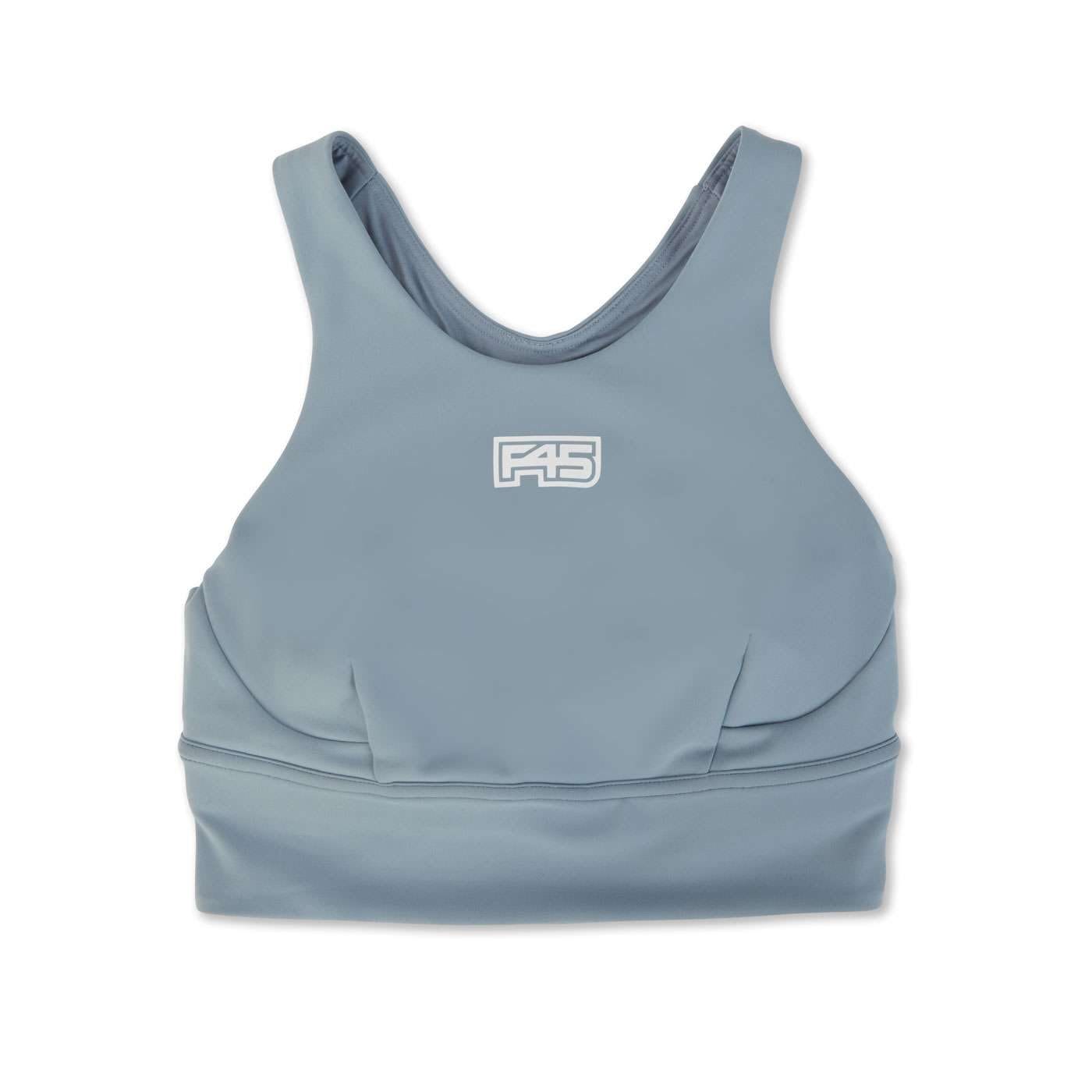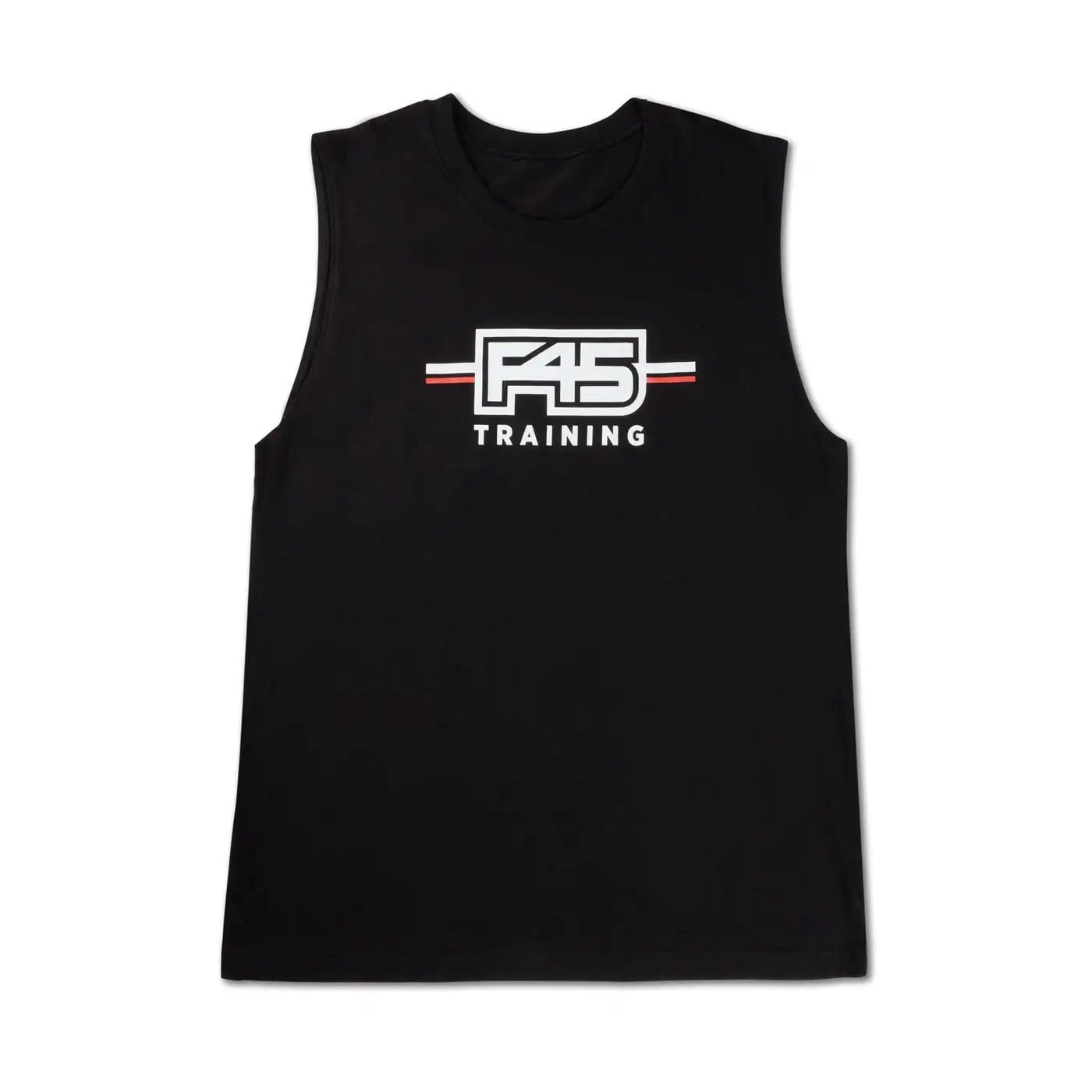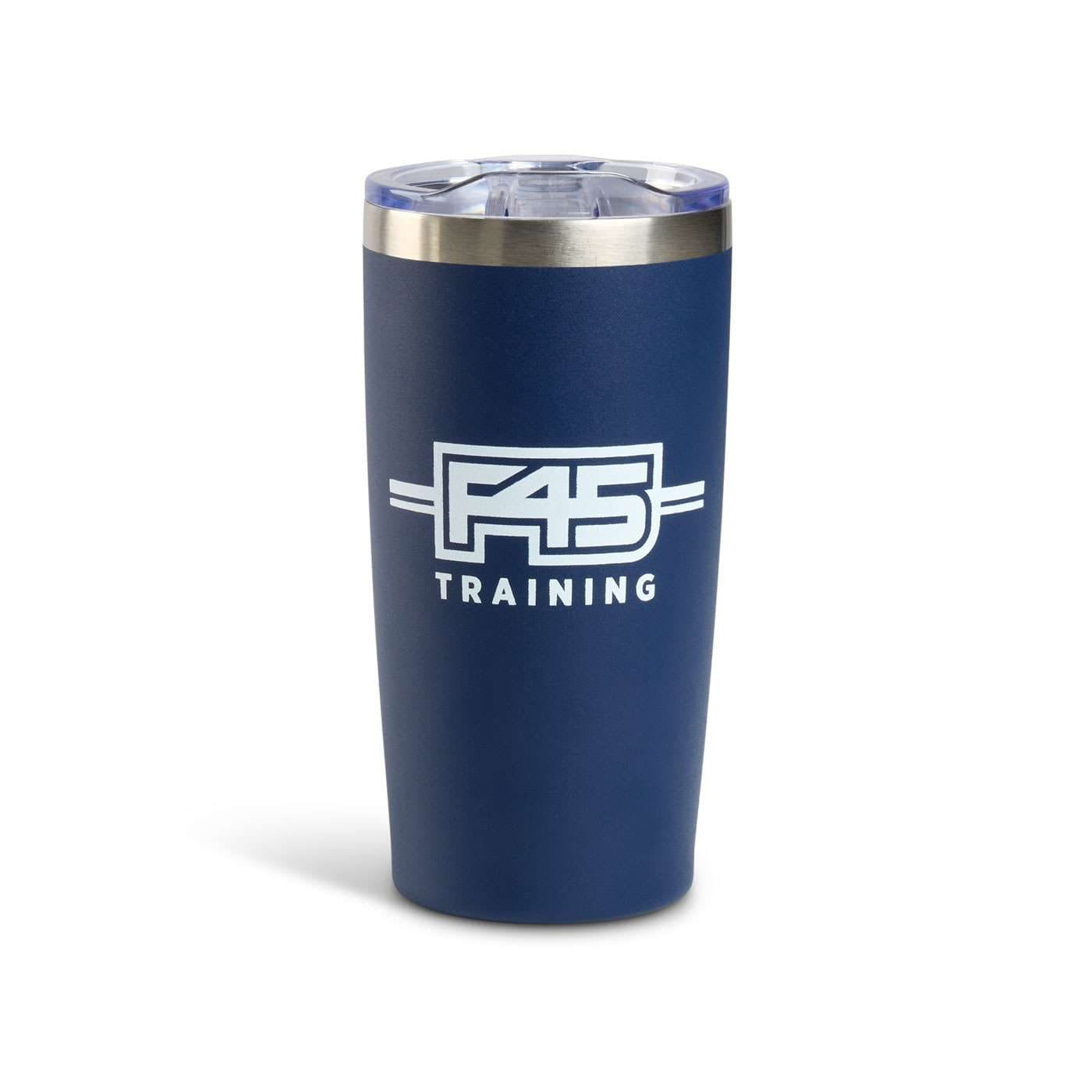May 24 2022 | Ashleigh Kidd, RD, LDN
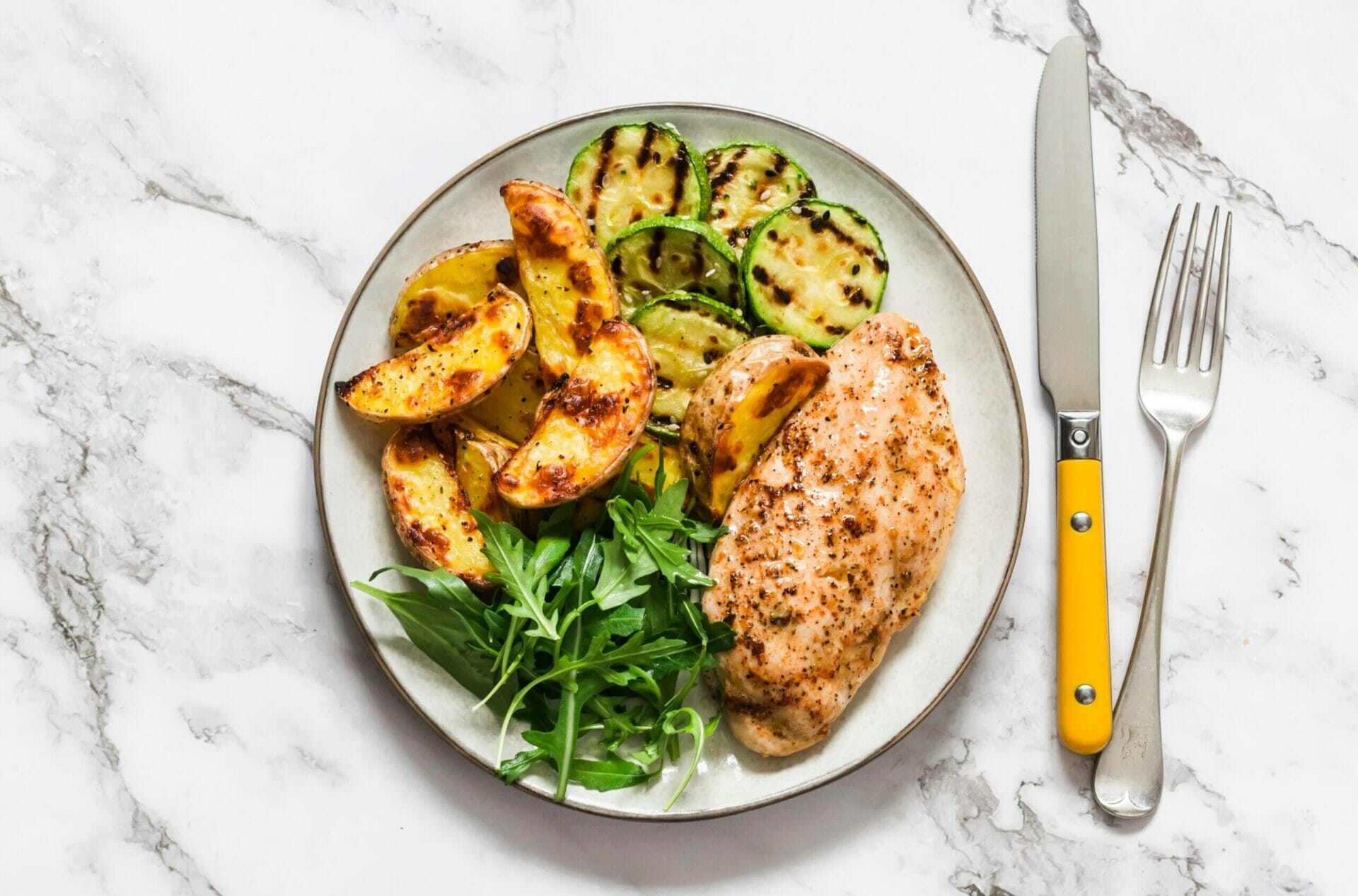
With so much nutrition information (and misinformation) swarming the internet, it can be difficult and frustrating to decipher what’s actually benefiting our health (mentally, physically, emotionally) vs. what’s trending. In this article, we’re bringing you back to the basics! No longer are the days that nutrition and satisfaction are mutually exclusive. Learning how to build a balanced plate will help you to:
- Feel full and content
- Leave your meal physically and mentally satisfied
- Lean into your body’s natural hunger cues and build body trust
Here’s the secret sauce:
Not every meal you have will be perfectly balanced, and that’s okay! When you’re able, strive for balance by including the following:
Protein
Aim for about ¼ of your plate protein (typically 15-20g), but can be more depending on your body’s specific needs and goals. This can be animal protein or plant based protein!
Fats
Fat will help to keep you full and satisfied. It’s likely already in your meal through cooking oils, animal protein, or sauces. If not, try adding some. (Hello avocado!)
Starchy carbs
Aim for ¼ plate to be starchy carbs
Color
Aim for ½ your plate to be veggies and/or fruit. Think of the rainbow when choosing fruits and veggies! Pro Tip: Try choosing a different color veggie or fruit at each grocery store visit.
Satisfaction (This is key!)
Make sure your meal includes food you actually ENJOY! If not, you’ll leave the meal feeling unsatisfied (even if you’re full), and may lead to overeating later.
Whether you are cooking at home or out to eat with friends, when in doubt, you can think of these key components and try to create balance when possible. Now that we’ve learned HOW to build a balanced plate, let’s look at a recipe from our recipe library that has all of these components and gives us balance.
Thai Red Fish Curry with Seasonal Vegetables
Serves: 2
Ingredients:
2 white fish fillet (250g each)
5 ml olive oil (1 tsp)
80 Gram brown onion, diced
3 garlic clove, minced
60 Gram Thai red curry paste
400 ml canned coconut milk
250 Gram canned crushed tomatoes
300 Gram broccoli, chopped
180 Gram frozen green peas
180 Gram green beans, ends trimmed
120 Gram brown rice
300 ml water
Preparation: Bring water to a boil in a medium saucepan, add rice, and turn heat down to lower simmer. Cook the rice, covered, for about 18-20 minutes, or until rice is tender and has absorbed the water. Remove the saucepan from heat and let the rice sit, covered, for about five minutes. Next, heat up the olive oil in a medium-sized saucepan over medium heat and add the onion and garlic, cooking until softened. Turn heat up to high and add the curry paste, coconut milk, and tomatoes cooking until it begins to boil. Simmer for 10 minutes then add fish fillets, cover, and simmer for another 10-15 minutes, or until fish is cooked through. Meanwhile, cook the broccoli and beans in a steaming basket over boiling water for five to seven minutes. Add peas and cook for a further two minutes. Divide rice between two bowls. Top each with half the vegetables and a fish fillet. Top each with half the red curry sauce. Serve and enjoy!
Lentil, Potato And Green Bean Bowl
Serves: 2
Ingredients:
400 Gram white potato (diced)
400 Gram green beans (ends trimmed)
400 Gram canned brown lentils (rinsed and drained)
80 Gram red onion (sliced)
10 ml olive oil (2 tsp)
Pinch himalayan salt & pepper
100 Gram avocado (sliced)
Hemp dressing:
30 ml olive oil (6 tsp)
Juice of 1 lemon
10 ml maple syrup (2 tsp)
0.25 Teaspoon onion powder
0.25 Teaspoon garlic powder
30 Gram hemp seeds
Preparation: Bring a large saucepan of water to the boil. Add in potatoes and cook for 10 minutes, or until just cooked through. Add in beans and cook for a further 2 minutes. Drain and transfer to a bowl with lentils, onion, olive oil and a pinch of salt and pepper. Toss well and allow to cool. Prepare the Hemp Dressing by combining all of the ingredients in a bowl. Mix well. Season with salt and pepper to taste. Add the dressing to the bowl with potatoes and toss until well-coated. Top with avocado. Divide the salad into two portions. Serve one portion for lunch and refrigerate the remaining portion for tomorrow’s leftovers.
To learn more, browse more on the F45 Challenge Blog–Here’s why food quality is more important for fat loss than counting macros
